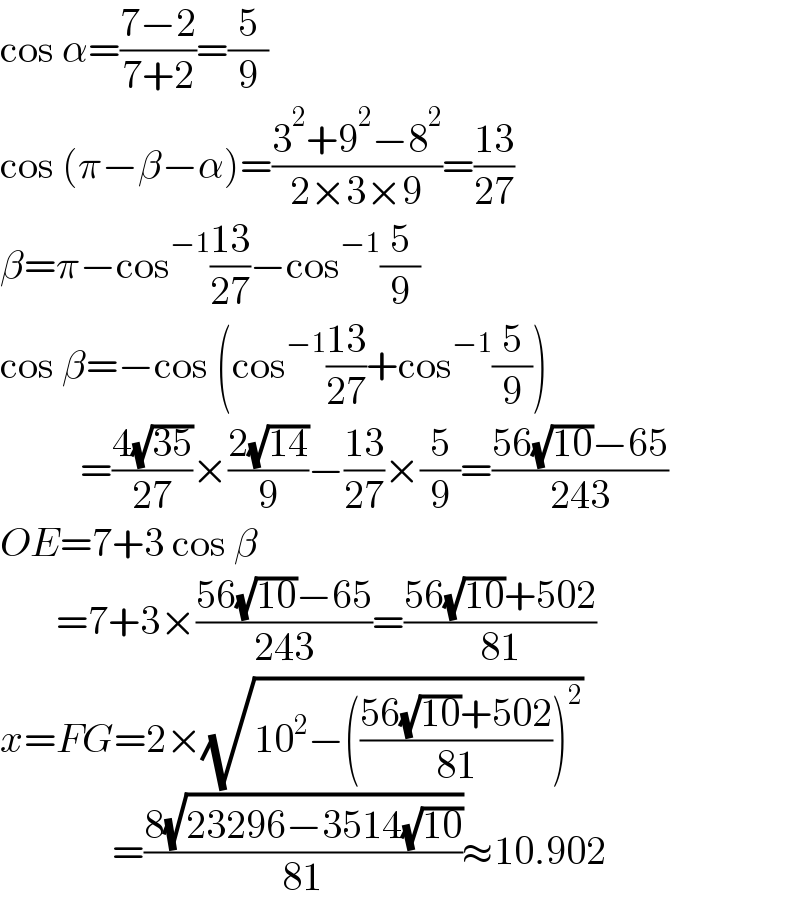
Question and Answers Forum
Question Number 182608 by Acem last updated on 11/Dec/22

Commented by Acem last updated on 11/Dec/22

Answered by mr W last updated on 11/Dec/22

Commented by mr W last updated on 12/Dec/22

Commented by Acem last updated on 12/Dec/22

Commented by mr W last updated on 12/Dec/22

Commented by mr W last updated on 12/Dec/22

Commented by Acem last updated on 12/Dec/22

Commented by Acem last updated on 12/Dec/22

Answered by Acem last updated on 12/Dec/22

